Free Charlotte Mason 20 Principles Printables
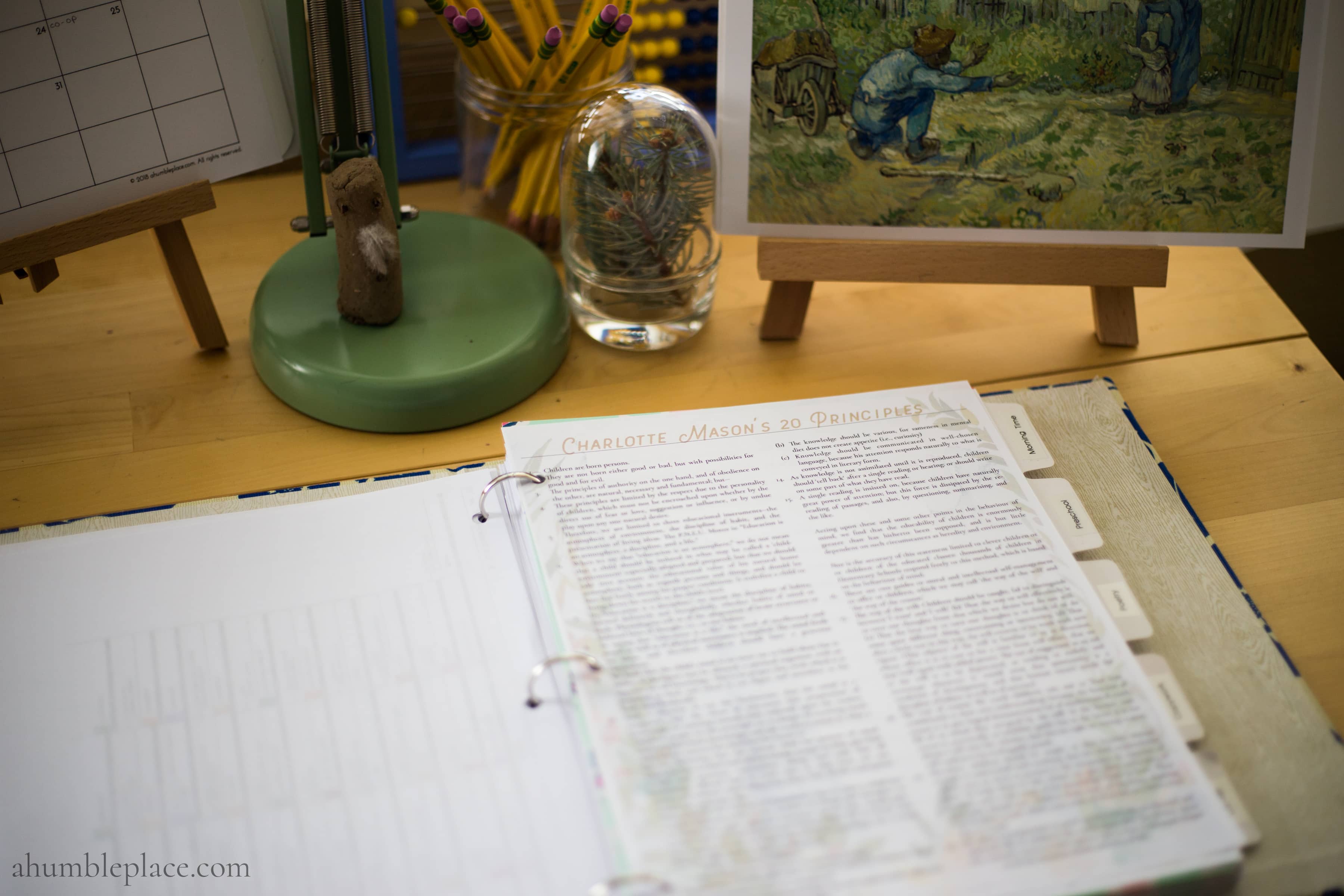
Charlotte Mason’s 20 Principles as well as her lists of attainments for children ages six and twelve can be very helpful guidelines when homeschooling your children! This week, I have three new free printables related to these lists available to my subscribers!
The first one includes her 20 Principles:
- Children are born persons.
- They are not born either good or bad, but with possibilities for good and for evil.
- The principles of authority on the one hand, and of obedience on the other, are natural, necessary and fundamental; but––
- These principles are limited by the respect due to the personality of children, which must not be encroached upon whether by the direct use of fear or love, suggestion or influence, or by undue play upon any one natural desire.
- Therefore, we are limited to three educational instruments––the atmosphere of environment, the discipline of habit, and the presentation of living ideas. The P.N.E.U. Motto is: “Education is an atmosphere, a discipline, and a life.”
- When we say that “education is an atmosphere,” we do not mean that a child should be isolated in what may be called a ‘child-environment’ especially adapted and prepared, but that we should take into account the educational value of his natural home atmosphere, both as regards persons and things, and should let him live freely among his proper conditions. It stultifies a child to bring down his world to the child’s’ level.
- By “education is a discipline,” we mean the discipline of habits, formed definitely and thoughtfully, whether habits of mind or body. Physiologists tell us of the adaptation of brain structures to habitual lines of thought, i.e., to our habits.
- In saying that “education is a life,” the need of intellectual and moral as well as of physical sustenance is implied. The mind feeds on ideas, and therefore children should have a generous curriculum.
- We hold that the child’s mind is no mere sac to hold ideas; but is rather, if the figure may be allowed, a spiritual organism, with an appetite for all knowledge. This is its proper diet, with which it is prepared to deal; and which it can digest and assimilate as the body does foodstuffs.
- Such a doctrine as e.g. the Herbartian, that the mind is a receptacle, lays the stress of education (the preparation of knowledge in enticing morsels duly ordered) upon the teacher. Children taught on this principle are in danger of receiving much teaching with little knowledge; and the teacher’s axiom is,’ what a child learns matters less than how he learns it.”
- But we, believing that the normal child has powers of mind which fit him to deal with all knowledge proper to him, give him a full and generous curriculum; taking care only that all knowledge offered him is vital, that is, that facts are not presented without their informing ideas. Out of this conception comes our principle that,––
- “Education is the Science of Relations”; that is, that a child has natural relations with a vast number of things and thoughts: so we train him upon physical exercises, nature lore, handicrafts, science and art, and upon many living books, for we know that our business is not to teach him all about anything, but to help him to make valid as many as may be of–
“Those first-born affinities
“That fit our new existence to existing things.” - In devising a SYLLABUS for a normal child, of whatever social class, three points must be considered: (a) He requires much knowledge, for the mind needs sufficient food as much as does the body. (b) The knowledge should be various, for sameness in mental diet does not create appetite (i.e., curiosity) (c) Knowledge should be communicated in well-chosen language, because his attention responds naturally to what is conveyed in literary form.
- As knowledge is not assimilated until it is reproduced, children should ‘tell back’ after a single reading or hearing: or should write on some part of what they have read.
- A single reading is insisted on, because children have naturally great power of attention; but this force is dissipated by the re-reading of passages, and also, by questioning, summarising. and the like.
Acting upon these and some other points in the behaviour of mind, we find that the educability of children is enormously greater than has hitherto been supposed, and is but little dependent on such circumstances as heredity and environment.
Nor is the accuracy of this statement limited to clever children or to children of the educated classes: thousands of children in Elementary Schools respond freely to this method, which is based on the behaviour of mind. - There are two guides to moral and intellectual self-management to offer to children, which we may call ‘the way of the will’ and ‘the way of the reason.’
- The way of the will: Children should be taught, (a) to distinguish between ‘I want’ and ‘I will.’ (b) That the way to will effectively is to turn our thoughts from that which we desire but do not will. (c) That the best way to turn our thoughts is to think of or do some quite different thing, entertaining or interesting. (d) That after a little rest in this way, the will returns to its work with new vigour. (This adjunct of the will is familiar to us as diversion, whose office it is to ease us for a time from will effort, that we may ‘will’ again with added power. The use of suggestion as an aid to the will is to be deprecated, as tending to stultify and stereotype character, It would seem that spontaneity is a condition of development, and that human nature needs the discipline of failure as well as of success.)
- The way of reason: We teach children, too, not to ‘lean (too confidently) to their own understanding’; because the function of reason is to give logical demonstration (a) of mathematical truth, (b) of an initial idea, accepted by the will. In the former case, reason is, practically, an infallible guide, but in the latter, it is not always a safe one; for, whether that idea be right or wrong, reason will confirm it by irrefragable proofs.
- Therefore, children should be taught, as they become mature enough to understand such teaching, that the chief responsibility which rests on them as persons is the acceptance or rejection of ideas. To help them in this choice we give them principles of conduct, and a wide range of the knowledge fitted to them. These principles should save children from some of the loose thinking and heedless action which cause most of us to live at a lower level than we need.
- We allow no separation to grow up between the intellectual and ‘spiritual’ life of children, but teach them that the Divine Spirit has constant access to their spirits, and is their Continual Helper in all the interests, duties and joys of life.
As well as a page each for the List of Formidable Attainments for a Child of Six:
- To recite, beautifully, 6 easy poems and hymns
- to recite, perfectly and beautifully, a parable and a psalm
- to add and subtract numbers up to 10, with dominoes or counters
- to read–what and how much, will depend on what we are told of the child
- to copy in print-hand from a book
- to know the points of the compass with relation to their own home, where the sun rises and sets, and the way the wind blows
- to describe the boundaries of their own home
- to describe any lake, river, pond, island etc. within easy reach
- to tell quite accurately (however shortly) 3 stories from Bible history, 3 from early English, and 3 from early Roman history (my note here, we may want to substitute early American for early English!)
- to be able to describe 3 walks and 3 views
- to mount in a scrap book a dozen common wildflowers, with leaves (one every week); to name these, describe them in their own words, and say where they found them.
- to do the same with leaves and flowers of 6 forest trees
- to know 6 birds by song, colour and shape
- to send in certain Kindergarten or other handiwork, as directed
- to tell three stories about their own “pets”–rabbit, dog or cat.
- to name 20 common objects in French, and say a dozen little sentences
- to sing one hymn, one French song, and one English song
- to keep a caterpillar and tell the life-story of a butterfly from his own observations.
And What a Child Should Know at Twelve:
- (a) To grasp the sense of a passage of some length at a single reading: and to narrate the substance of what they have read or heard.
- (b) To spell, and express themselves in writing with ease and fair correctness.
- (c) To give an orderly and detailed account of any subject they have studied.
- (d) To describe in writing what they have seen, or heard from the newspapers.
- (e) They should have a familiar acquaintance with the common objects of the country, with power to reproduce some of these in brushwork.
- (f) Should have skill in various handicrafts, as cardboard Sloyd, basket-making, clay-modelling, etc.
- (g) In Arithmetic, they should have some knowledge of vulgar and decimal fractions, percentage, household accounts, etc.
- (h) Should have a knowledge of Elementary Algebra, and should have done practical exercises in Geometry.
- (i) Of Elementary Latin Grammar; should read fables and easy tales, and, say, one or two books of ‘Caesar.’
- (j) They should have some power of understanding spoken French, and be able to speak a little; and to read an easy French book without a dictionary.
- (k) In German, much the same as in French, but less progress.
- (l) In History, they will have gone through a rather detailed study of English, French, and Classical (Plutarch) History.
- (m) In Geography they will have studied in detail the map of the world, and have been at one time able to fill in the landscape, industries, etc., from their studies, of each division of the map.
- (n) They will have learned the elements of Physical Geography, Botany, Human Physiology, and Natural History, and will have read interesting books on some of these subjects.
- (o) They should have some knowledge of English Grammar.
- (p) They should have a considerable knowledge of Scripture History and the Bible text.
- (q) They should have learned a good deal of Scripture and of Poetry, and should have read some Literature.
- (r) They should have learned to sing on the Tonic Sol-fa method, and should know a number of English, French, and German Songs.
- (s) They should have learned Swedish Drill and various drills and calisthenic exercises.
- (t) In Drawing they should be able to represent common objects of the house and field with brush or charcoal; should be able to give rudimentary expression to ideas; and should be acquainted with the works of some artists through reproductions.
- (u) In Music their knowledge of theory and their ear-training should keep pace with their powers of execution.
Feel free to print and hang on the wall of your homeschool area for inspiration, or keep them in a binder. I like to keep mine in the front of my homeschool binder where I keep all of our schedules, umbrella school documents, term overviews, etc.
If you’re not already subscribed to the list, fill out the form below to sign up and get your free download!

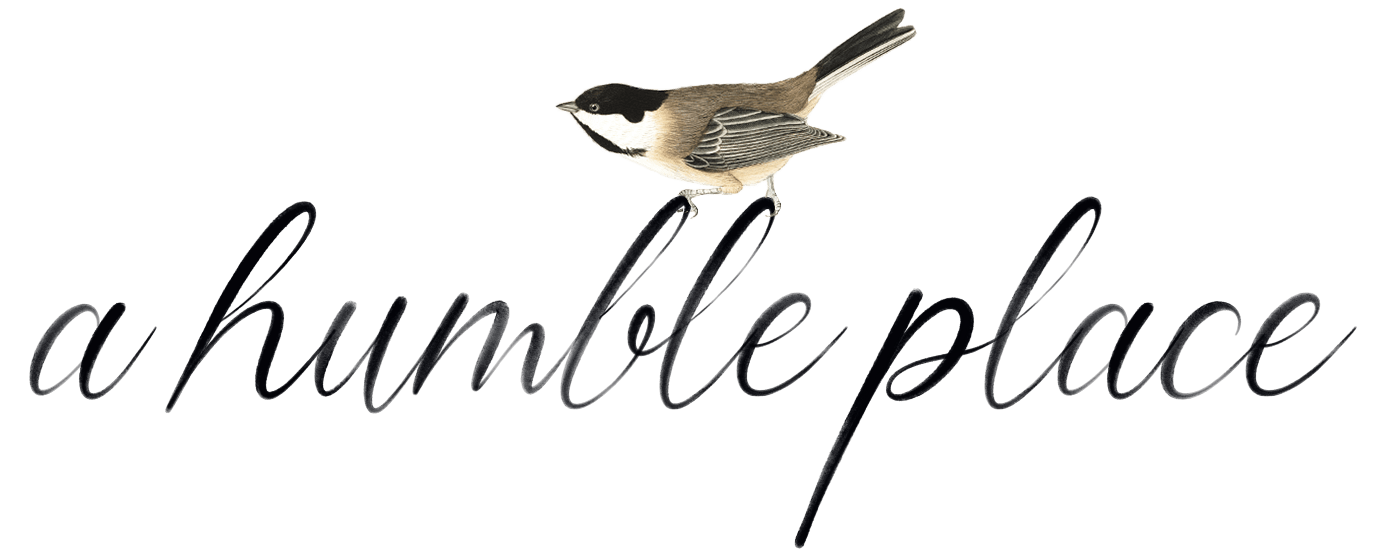
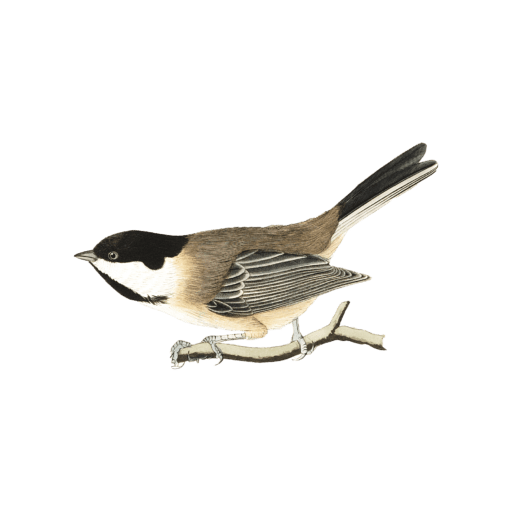
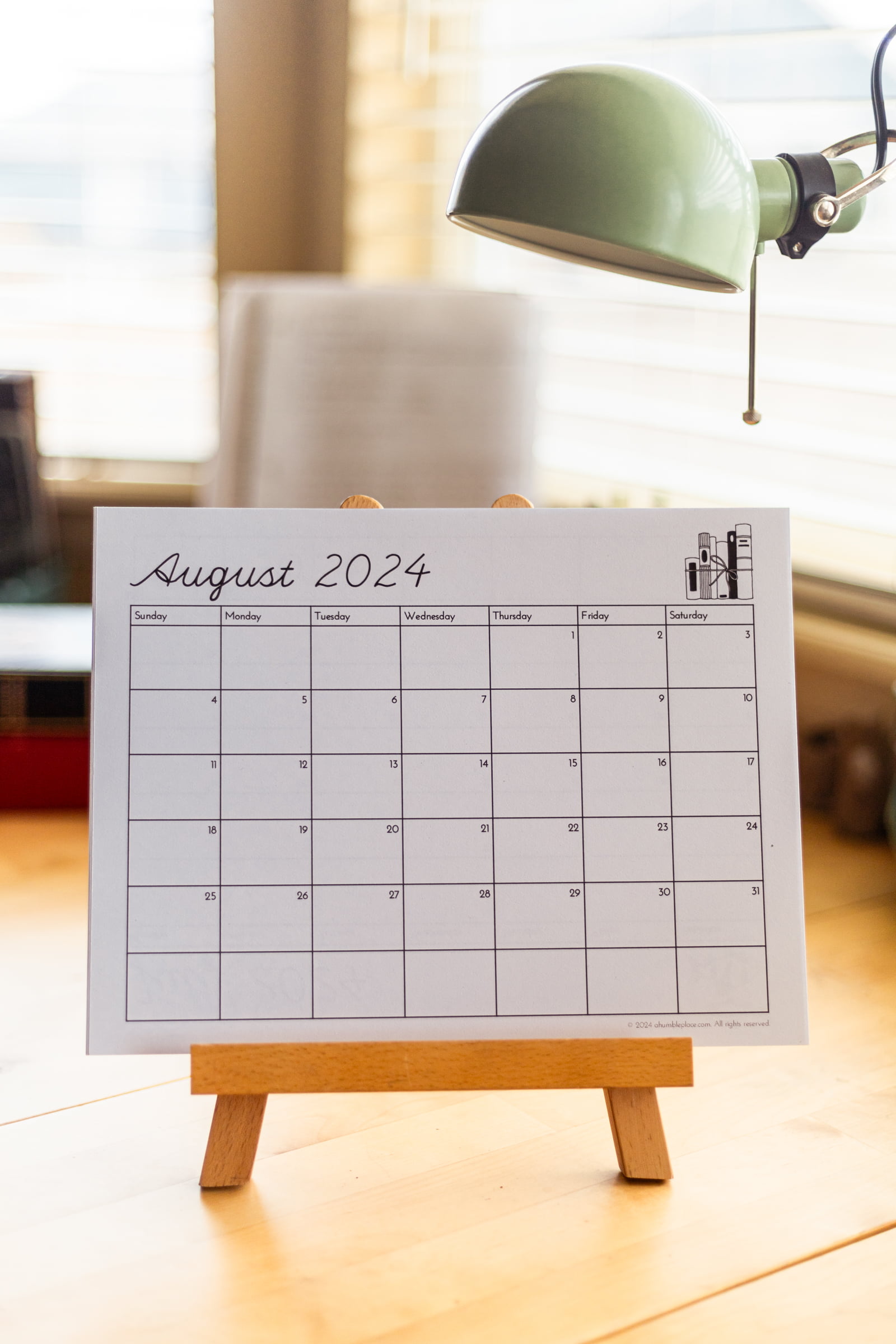
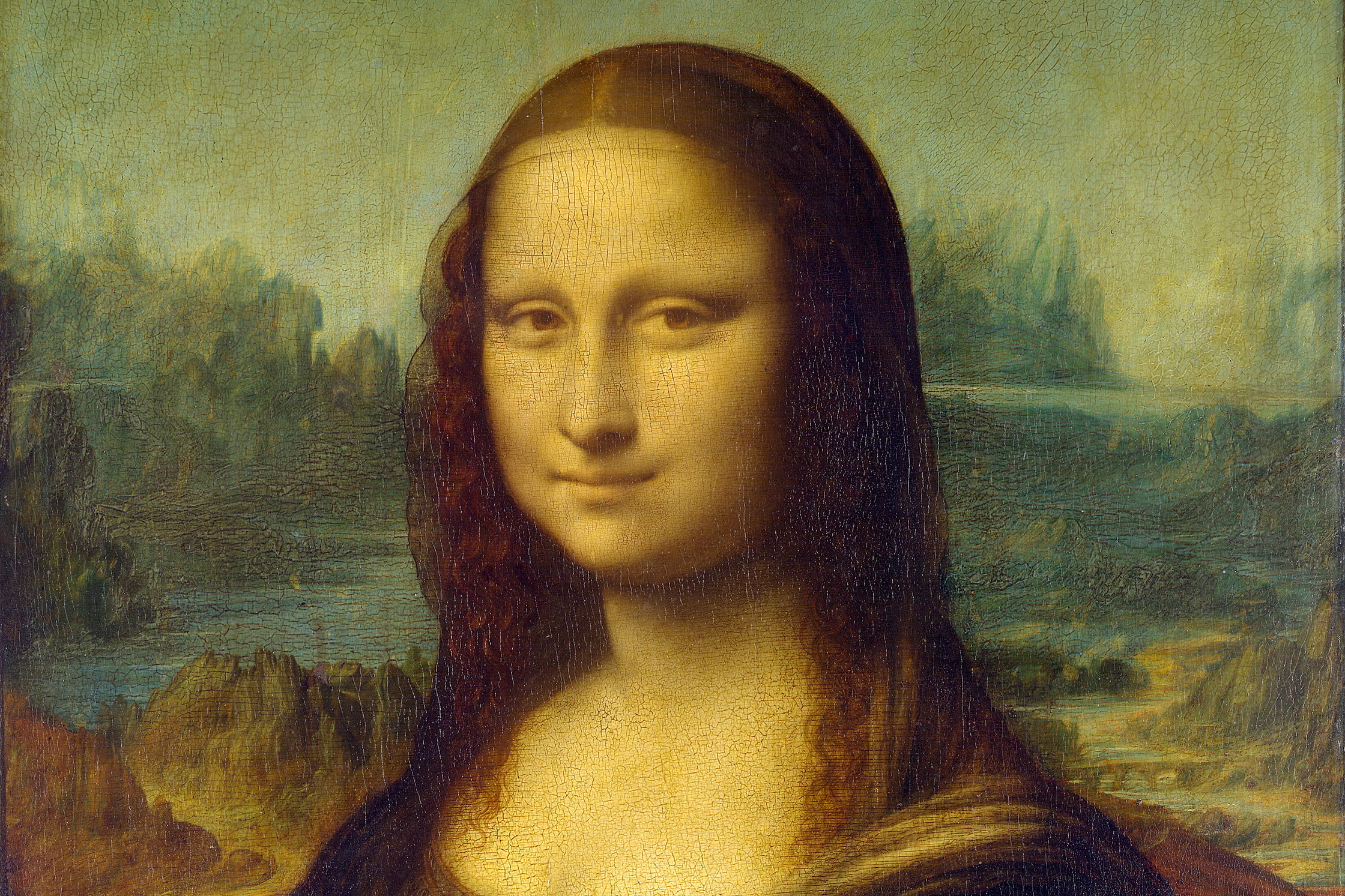



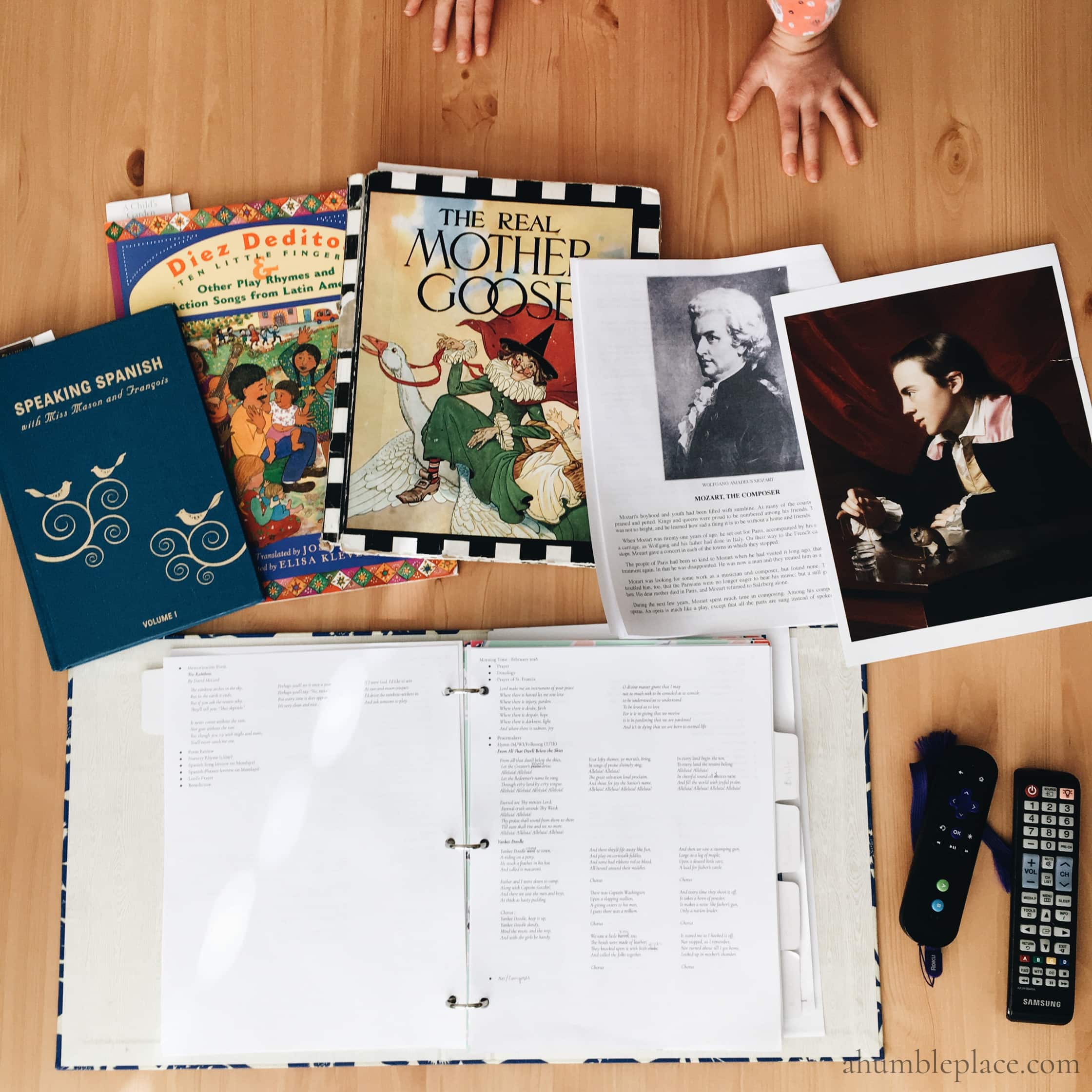
I just downloaded the Vermeer picture study aid, and also signed up for your mailing list. Thank you for making all these wonderful resources available for free! You are such a blessing to the home schooling community. 🙂
Thank you, Laura! I’m just glad to be of help. 🙂
I am a subscriber but I think when you sent these out they got lost in the junk file and I missed them. I would love to print them now to add to my planner for next year. Are they available on your website somewhere? Thanks
They are not on the website, but I will email it to you! 🙂
I just discovered your beautiful blog through Pinterest! I was doing a search for Giotto for our Middle Ages study. Subscribed! Thank you!
I hope the Giotto Picture Study Aid is helpful! 🙂
I just subscribed! Will I get these printables?
Yes! When you confirm your subscription, another email is sent with the download links. 🙂
I confirmed my subscription but didn’t get the next email. Maybe it’s not automatic?
You should’ve also received an email with the download links, but I’ve sent you an email with more information!
Do you have a sheet “What a Child Should Know at 8 or 9? I have just subscribed to your site after finding you on Pinterest. I am looking to switch up my Traditional Homeschooling style and looking into Charlotte Mason. Thank you for your website and making so much free! You are a blessing!
Hi Jennifer! I’m so glad the site has been helpful! 🙂 I don’t actually have a list for 8 or 9 as these lists are from Charlotte Mason’s books and I don’t think any were ever made for other ages. I’m so sorry!
THANK YOU FOR THE POST
An absolute blessing. Thank you for creating beautiful Charlotte Mason related items.
We are just embarking on our Charlot Mason journey. Super excited and super nervous.
It can be a little daunting at first, but it’s very much worth it!
Filled this in yesterday but somehow never received a confirmation link for the newsletter and 20 Principles download. So trying again.
I studied fine art aswell, specializing in sculpture. I so appreciate the time and effort you put into these resources. Thankyou so much.
Requesting CM Printables
Hi Sarah! You can get them by signing up in the form above or here: https://landing.mailerlite.com/webforms/landing/n6d4o8